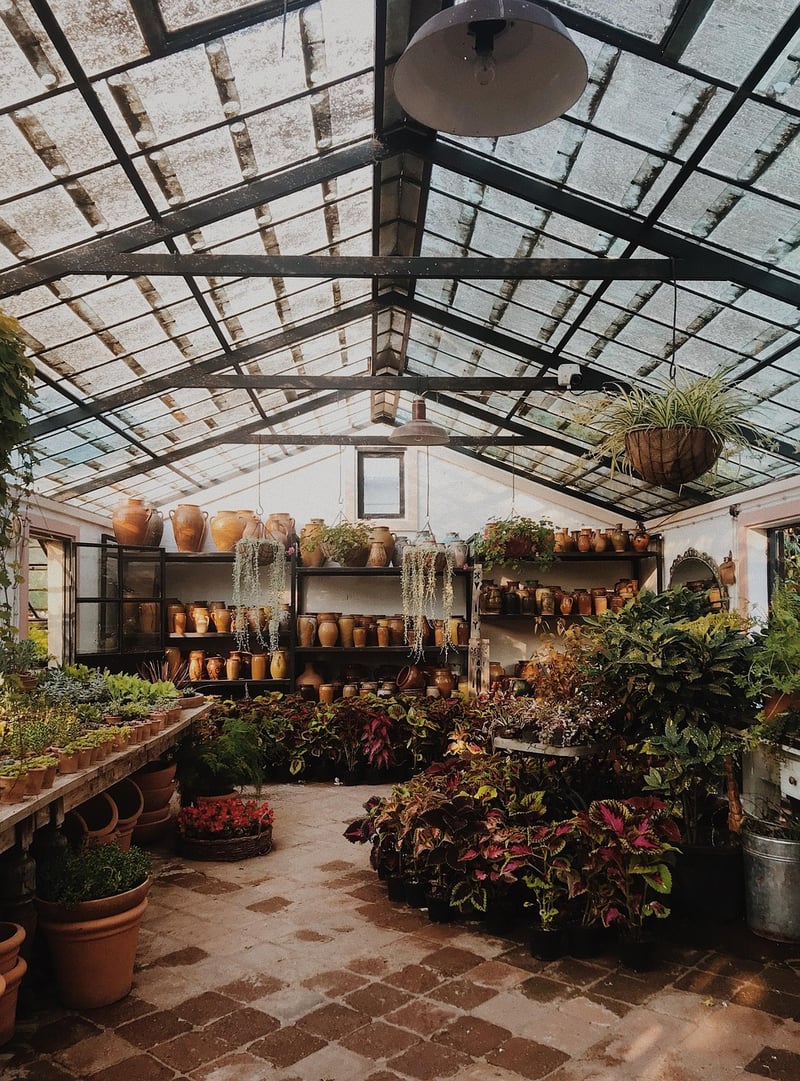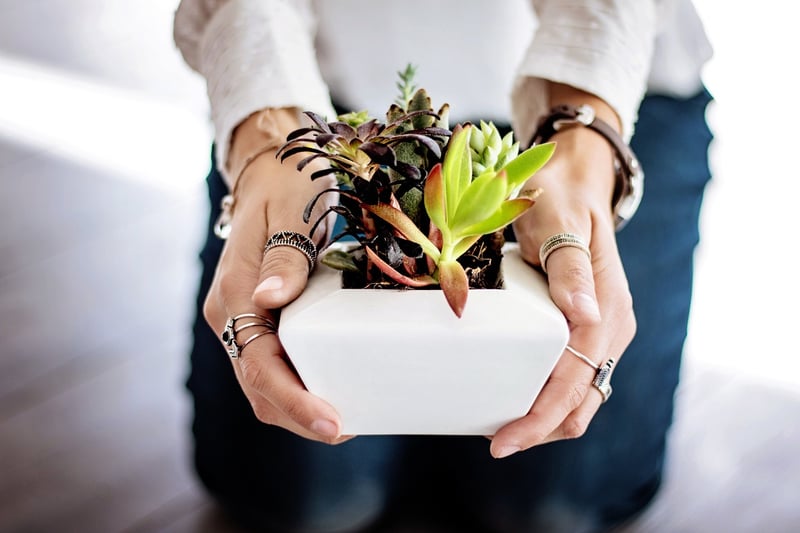Indoor Gardening Tips
Tips and Tricks for Urban Gardeners
Introduction
Welcome to our guide for urban gardeners! Whether you have a small balcony, a rooftop, or just a few windowsills, there are plenty of ways to grow your own plants and create a green oasis in the city. Here are some tips and tricks to help you make the most of your urban garden.
1. Choose the Right Plants
When space is limited, it's essential to choose plants that are well-suited to urban environments. Opt for compact varieties of herbs, vegetables, and flowers that thrive in containers or small raised beds. Some excellent choices include cherry tomatoes, basil, parsley, and marigolds.
2. Make Use of Vertical Space
Vertical gardening is a great way to maximize space in a small urban garden. Install wall-mounted planters, hanging baskets, or trellises to grow plants upwards. This technique not only saves space but also adds a decorative element to your garden.
3. Use Smart Planting Techniques
Practice companion planting to make the most of your limited space. Pair plants that benefit each other, such as planting basil near tomatoes to repel pests. Additionally, consider succession planting to ensure a continuous harvest by planting new crops as soon as one is finished.
4. Provide Adequate Light and Water
Most plants require at least 6-8 hours of sunlight per day, so be sure to place your containers in sunny spots. If natural light is limited, consider using grow lights to supplement. Water your plants regularly, but be mindful not to overwater, as this can lead to root rot.
Indoor Gardening Tips
1. Choose the Right Containers
For indoor gardening, select containers that have drainage holes to prevent waterlogging. Use pots with saucers to catch excess water and protect your floors. Consider the size of the plant and its root system when choosing containers.
2. Control Humidity and Temperature
Indoor environments can have low humidity levels, which may affect certain plants. Increase humidity by misting the leaves or placing a tray of water near your plants. Ensure proper ventilation to prevent the buildup of heat and humidity.
3. Regularly Monitor and Maintain
Check your indoor plants regularly for signs of pests, diseases, or nutrient deficiencies. Dust the leaves, prune as needed, and rotate your plants to ensure even growth. Consider feeding your plants with a balanced fertilizer to support healthy growth.
Conclusion
Urban gardening and indoor gardening offer unique challenges and opportunities for plant enthusiasts. By following these tips and tricks, you can create a thriving garden in even the smallest of spaces. Get creative, experiment with different plant varieties, and enjoy the beauty of nature right in your urban home!


